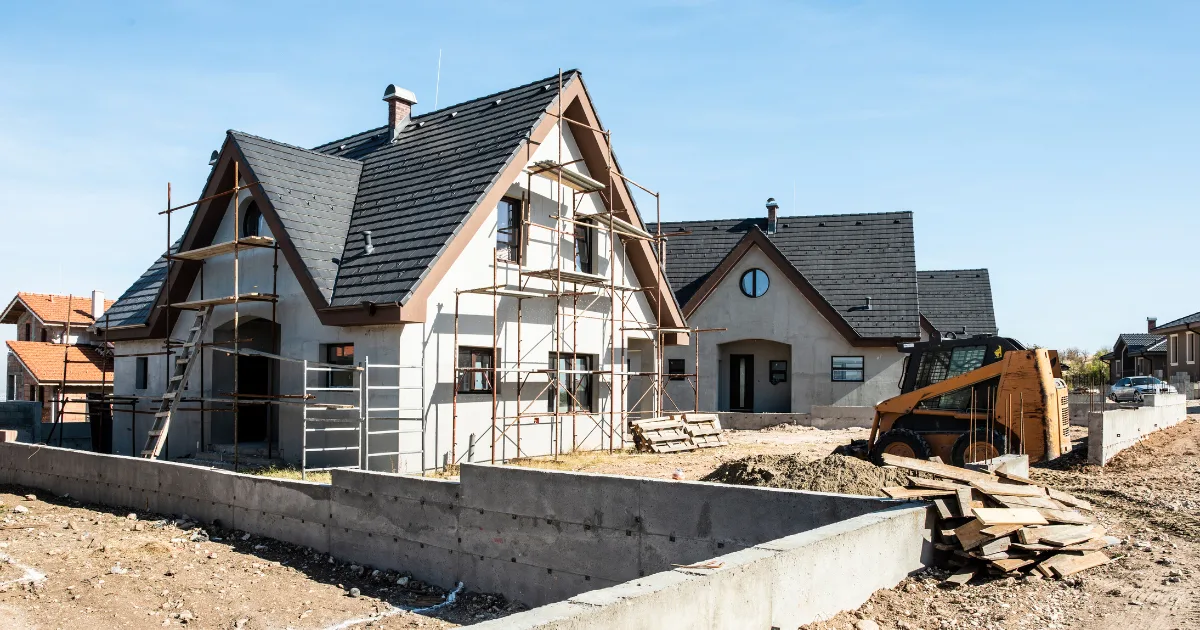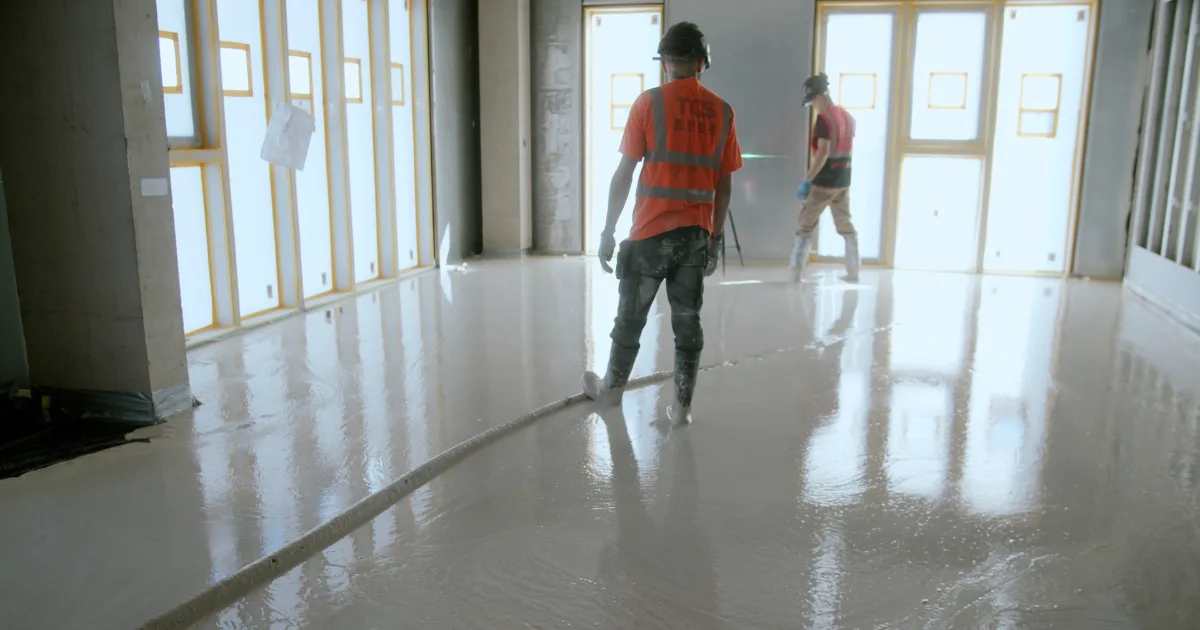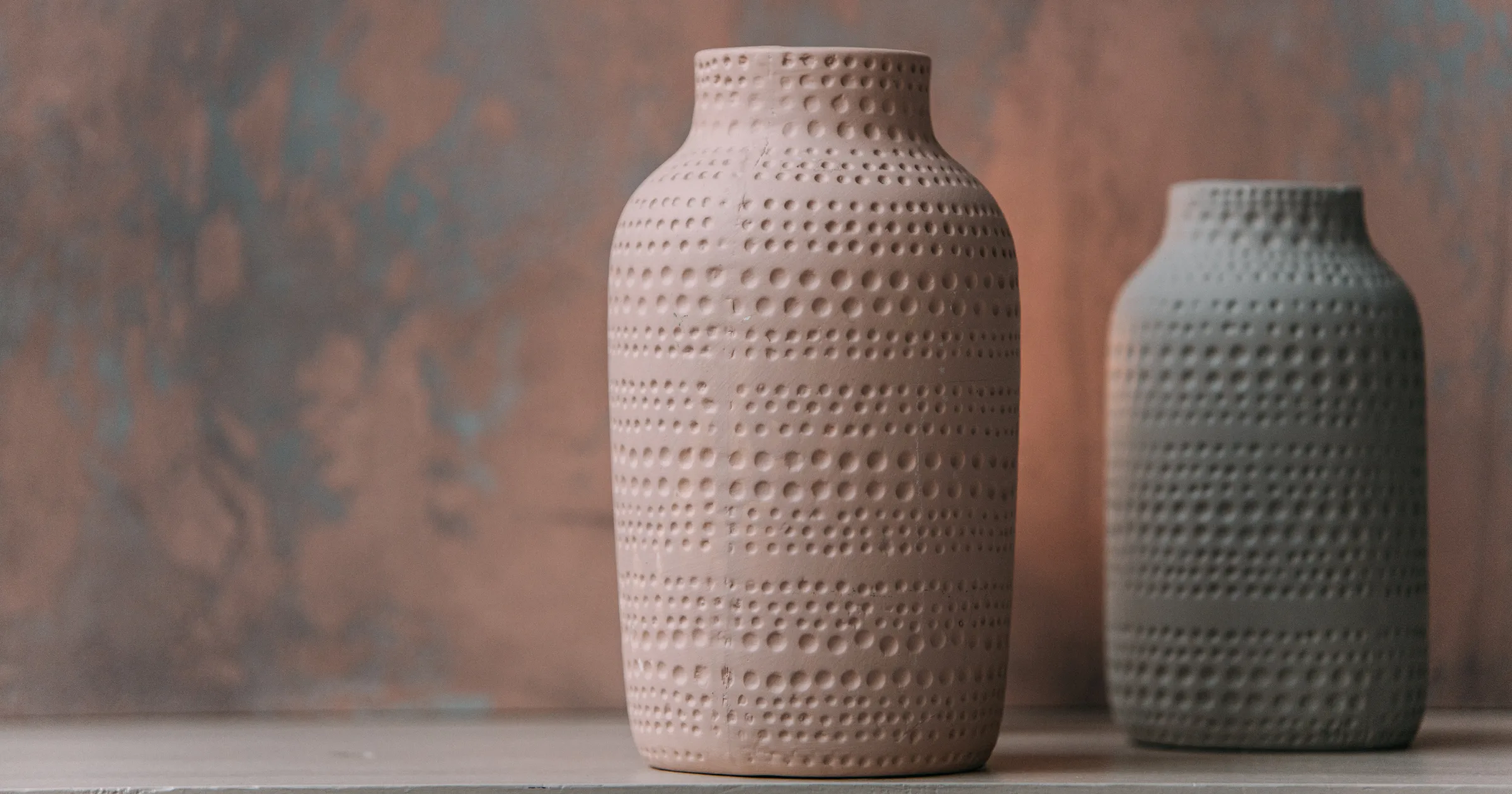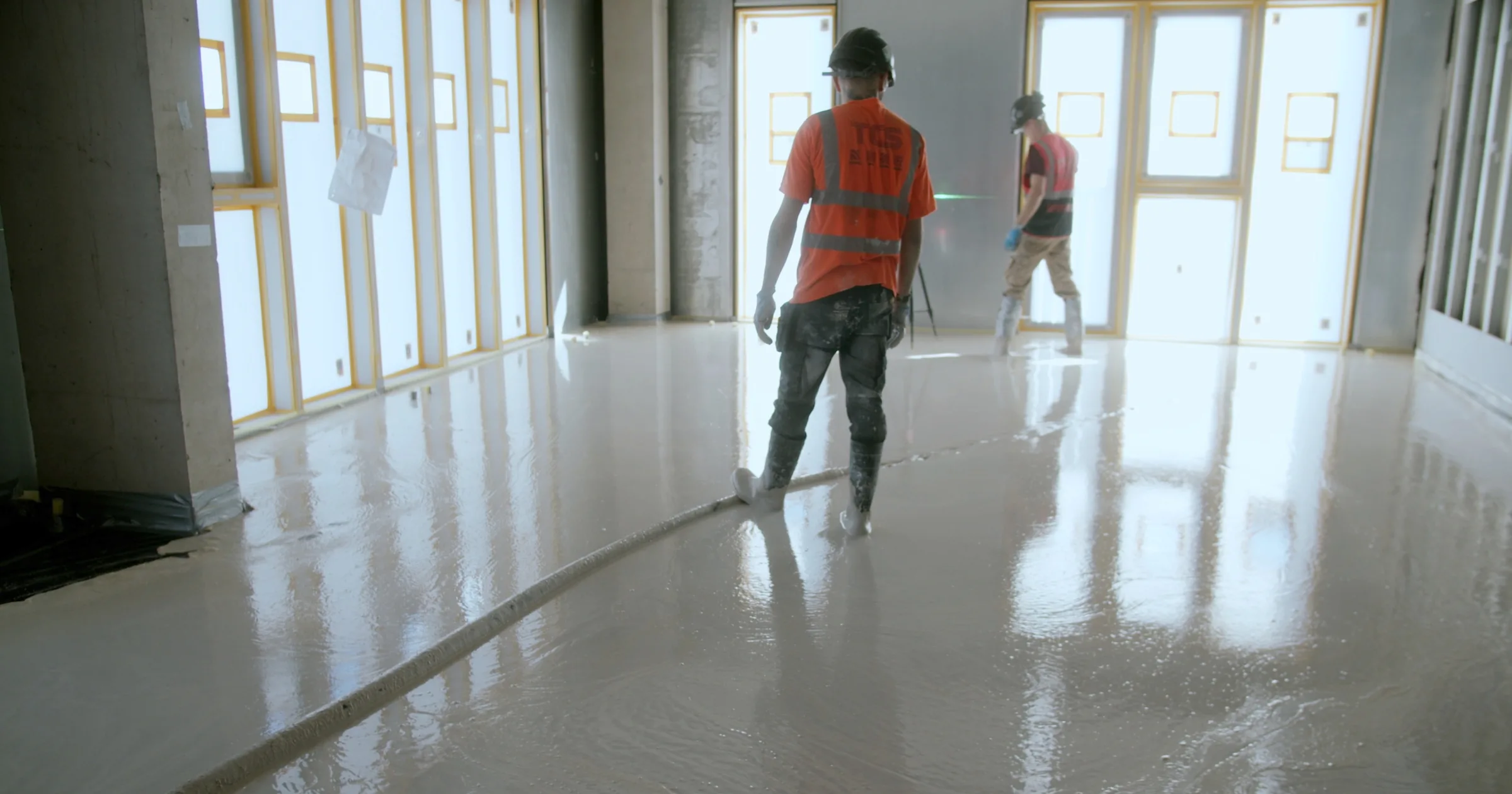What is the Future Homes Standard 2025?
The Future Homes Standard (FHS) 2025 is a new set of building regulations in the UK designed to improve the efficiency of new home development. Set to come into effect in 2025, this initiative aims to reduce carbon emissions from residential buildings by ensuring that all new homes are future-proofed with low-carbon heating and high-performance insulation. But what does this mean for homeowners, contractors, architects, and other stakeholders in the construction industry?
The purpose of the Future Homes Standard
The UK government has committed to achieving net zero carbon emissions by 2050, and the Future Homes Standard is a key step in this journey. By introducing stricter building regulations, the government intends to drastically reduce the environmental impact of new homes while also lowering energy bills for residents. Under the new standard, homes built from 2025 onwards will produce 75-80% fewer carbon emissions compared to those built under current regulations. Heating and powering homes in the UK currently accounts for 30% of the nation’s total energy use, making this transition crucial for a future of reduced carbon emissions.

Key features of the Future Homes Standard
- Low-carbon heating solutions – The use of gas boilers will be phased out in favour of low-carbon alternatives such as heat pumps, solar thermal systems, and district heating networks.
- Enhanced energy efficiency – Homes will be designed to maximise energy efficiency, incorporating high levels of insulation, triple-glazed windows, and improved ventilation systems to reduce energy waste.
- Tighter building regulations – Builders and developers will need to adhere to higher standards for airtightness and thermal performance to minimise heat loss and improve overall energy efficiency.
- Renewable energy integration – New homes will be encouraged to incorporate on-site renewable energy sources, such as solar panels, to further reduce carbon footprints.
The role of Gypsol in meeting the Future Homes Standard
As homes shift towards low-carbon heating solutions like underfloor heating (UFH) and heat pumps, the choice of floor screed becomes increasingly important. Gypsol screeds are specifically designed to complement UFH systems by providing superior thermal conductivity and responsiveness. This results in more efficient heat distribution, reducing overall energy consumption and improving comfort levels in homes built to the new standard.
One real-world example of Gypsol’s impact comes from a project with Niche Energy, where combining Gypsol screed with air and ground source heat pumps led to significant energy savings – up to £6,000 per month in winter and £40,000 annually compared to traditional oil heating systems. These savings highlight how integrating Gypsol into construction plans can directly benefit homeowners and developers looking to optimise energy efficiency under the Future Homes Standard.
Additionally, Gypsol screeds are a low-carbon by-product alternative to traditional cement-based screeds, producing only one-eighth of the carbon dioxide compared to cementitious screeds! This makes Gypsol a responsible choice for future-ready housing, ensuring compliance with environmental goals without compromising on performance.

Implications for homeowners and developers
For homeowners, the Future Homes Standard means lower energy bills and more comfortable living spaces. Properties built to these new standards will require less energy for heating and cooling, making them more cost-effective in the long run. For developers and the construction industry, the transition will require adjustments in building design, material selection, and construction techniques. However, early adoption of these standards, including the use of materials like Gypsol screed, can offer a competitive edge in the market by aligning with the growing consumer demand for greener homes.
How the industry is preparing
The construction sector is already adapting to these upcoming changes. Many developers are trialling new building techniques and materials to ensure compliance with the Future Homes Standard. Additionally, training programmes and government support schemes are being introduced to help businesses transition smoothly. Integrating Gypsol screeds into floor designs is one of the key ways builders can prepare for the shift towards energy-efficient heating solutions.
Looking ahead
The Future Homes Standard 2025 marks a significant shift in how homes are built in the UK, setting a new benchmark for energy efficiency and reduced carbon emissions within construction. As the industry moves towards full implementation, developers, architects, and homeowners need to stay informed and prepared for the changes ahead. By embracing these advancements now—including the use of Gypsol screed to enhance UFH efficiency and reduce carbon emissions—the UK can take a major step toward a more responsible future. If you would like to read about Gypsol myths, you can do so here. Keep up to date with the latest Gypsol news and product launches with our LinkedIn!




